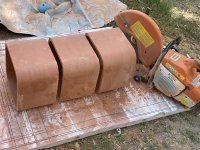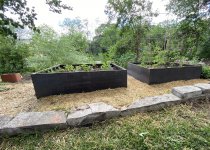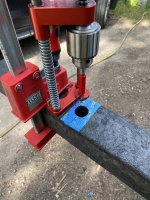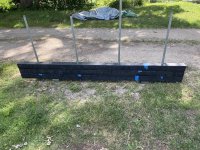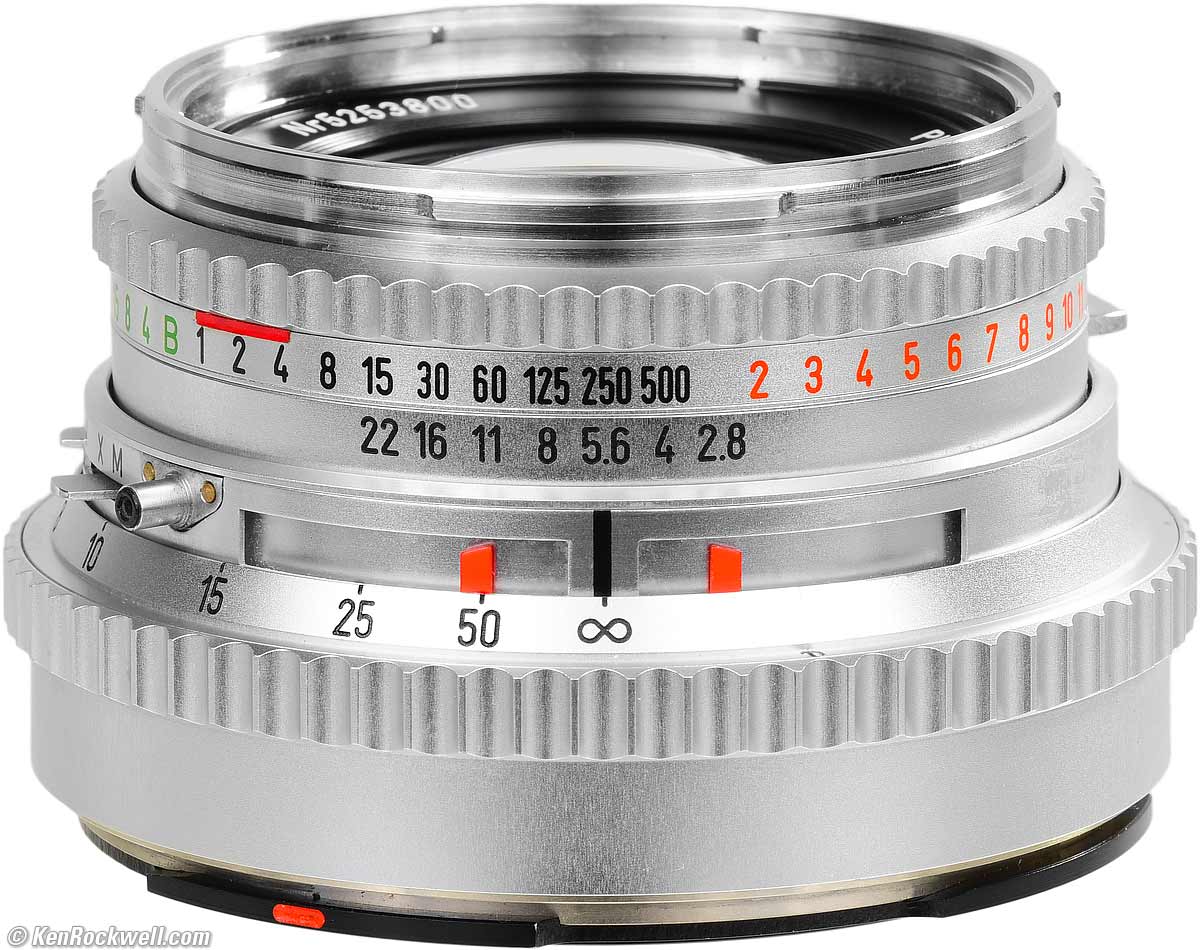unknown user
Member
- Joined
- Jul 23, 2023
- Messages
- 20
I'm just getting started and my first project is to build multiple raised garden beds for my back yard.
The material is 2x4 & 2x6 pressure treated lumber. The lumber I was able to pick out it is pretty rough. I am not looking for perfection but I would like to smooth out the 32 front exterior facing 2x6.
I was initially thinking a HL 850 might work until I learned benchtop planers may be an option.
What would y'all recommend I should do to smooth out the faces of the lumber?
The material is 2x4 & 2x6 pressure treated lumber. The lumber I was able to pick out it is pretty rough. I am not looking for perfection but I would like to smooth out the 32 front exterior facing 2x6.
I was initially thinking a HL 850 might work until I learned benchtop planers may be an option.
What would y'all recommend I should do to smooth out the faces of the lumber?

